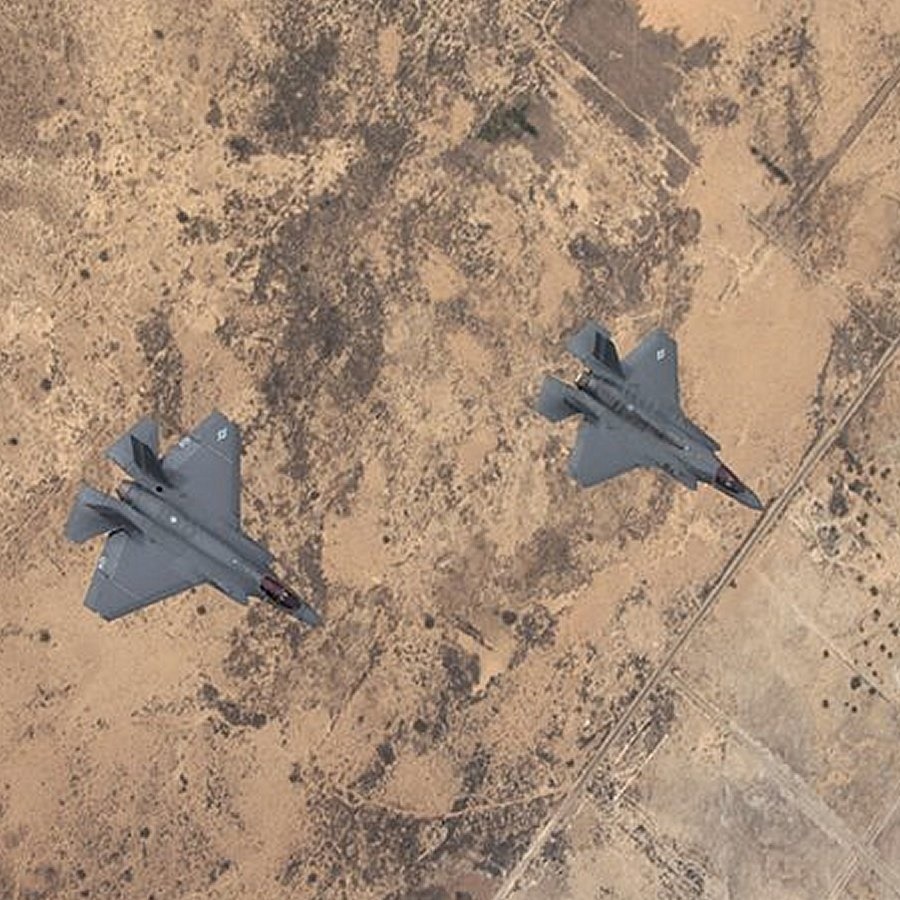Military
Selling Fighter Planes to India Now Means Building the Planes in India

Published:
Last Updated:

In mid-October, the government of India kicked off a new program to attract foreign aircraft makers to build military fighter jets for the Indian Air Force in India using the foreign companies’ technology. India is dangling an initial quantity of some 200 single-engine fighter planes, with the possibility of hundreds more.
According to a report at Defense News, the Indian Ministry of Defense has invited “some overseas participants” to bid on the program. India reportedly would prefer a government-to-government transaction based on pricing and trials from invited vendors.
The United States, Sweden and Russia are allegedly the leading contenders, with Lockheed Martin Corp. (NYSE: LMT), Saab and, probably, Russia’s United Aircraft as the expected bidders.
In late September, India signed an agreement with France to acquire 36 Dassault Rafale fighter jets for a reported $8.85 billion. According to a report from Reuters, the deal with Dassault was originally supposed to include 126 of the twin-engine Rafale’s, but no agreement could be reached on the terms of production in India.
Lockheed Martin has offered to transfer the entire production of its F-16 fighter to India, making the country the exclusive producer of the single-engine F-16. Saab, makers of the Gripen single-engine fighter, has also said that it is ready and able to produce the planes in India.
Defense News reported that the new fighter program is intended to replace 11 squadrons Russian MiG 21s and MiG 27s that are being retired over the next 10 years. Each squadron consists of 18 planes each, for a total of 198 aircraft. The total could go much higher however:
The Indian Air Force is already facing shortage of combat jets as it has around 33-34 operational fighter squadrons, while officials believe they would need 45 squadrons in a hypothetical confrontation with China or Pakistan.
Forty-five squadrons equal 810 aircraft.
The F-16, the Gripen and the Rafale are fourth-generation fighters. The U.S. Air Force’s single-engine F-35 Joint Strike Fighter is a fifth-generation aircraft, as is the twin-engine Russian Sukhoi T-50 PAK-FA that is expected to begin deliveries to the Russian Air Force next year. India and Russia signed an agreement in 2007 to develop a fifth-generation fighter based on the PAK-FA, but the deal has foundered on disagreements over technology transfer, costs and the number of aircraft to be built.
Start by taking a quick retirement quiz from SmartAsset that will match you with up to 3 financial advisors that serve your area and beyond in 5 minutes, or less.
Each advisor has been vetted by SmartAsset and is held to a fiduciary standard to act in your best interests.
Here’s how it works:
1. Answer SmartAsset advisor match quiz
2. Review your pre-screened matches at your leisure. Check out the advisors’ profiles.
3. Speak with advisors at no cost to you. Have an introductory call on the phone or introduction in person and choose whom to work with in the future
Thank you for reading! Have some feedback for us?
Contact the 24/7 Wall St. editorial team.